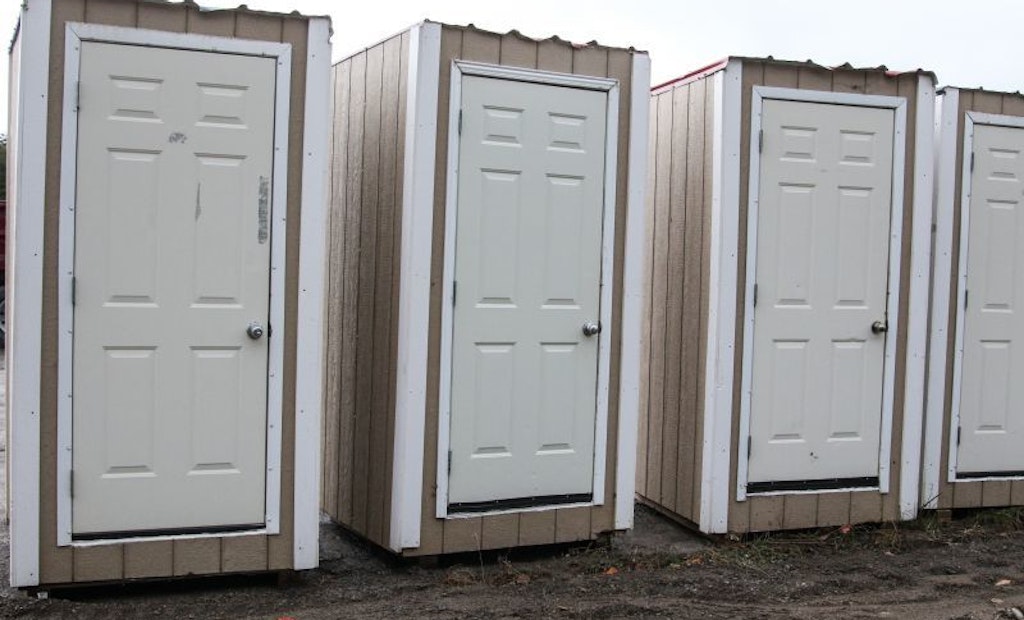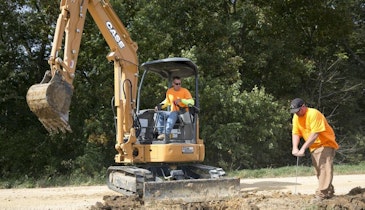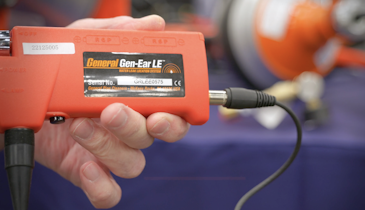Interested in Portable Sanitation?
Get Portable Sanitation articles, news and videos right in your inbox! Sign up now.
Portable Sanitation + Get AlertsFor years, Mike Clark, of Mike Clark Excavating & Septic Pumping in Bethany, Ontario, Canada, built his own septic service trucks and jetting equipment. So when the provincial Ministry of Labour specified heated, flushing portable restrooms on construction sites, Clark and associate Paul Wilson simply built 10 prototypes to meet the new regulation.
Using a 4- by 4-foot footprint, the men built frames of two-by-four treated spruce, then sandwiched 1.5-inch high-density foam insulation between the interior PVC sheets and exterior treated plywood siding. They reinforced outside corners with 1- by 4-foot PVC strips, then attached heavy-duty PVC handles to them. Components including holding tanks, and hand wash sinks were purchased from PolyJohn Canada.
A 15-amp, 110-volt wall-mount heater maintains the restroom’s mandated internal temperature of 60 degrees F, even when outside temperatures reach -30 degrees F. The heaters have a 12-inch cord, enabling customers to plug into extension cords or a generator. Finished units weigh 600 pounds.
Building the prototypes came with a learning curve. “During the 2014-15 winter, we tested the units to see if they would hold up to construction workers,” says Clark. “Instead, foremen reported the doors weren’t closing, and the wind was catching and ripping them off.”
Clark and Wilson’s efforts to retain heat inside the restrooms had created interiors that were too airtight and prevented the automatic hinge pin closer from overcoming the air pressure. They solved the problem by installing a dryer vent in the ceiling.
With the bugs worked out, the Ministry of Labour approved the prototypes, which cost Clark $3,000 to build. Clark reports that higher-than-usual monthly rental and maintenance fees make constructing the units worthwhile. “Some sites want two clean-outs per week, which is highly profitable when all the units are in one location,” he says.
The team built 10 more units for the 2015-16 winter. “They’re for customers,” says Clark. “We haven’t considered manufacturing them because we aren’t set up for that level of production.” It takes a day and a half for the men to build a unit.
Check out a full profile on Mike Clark Excavating & Septic Pumping.








